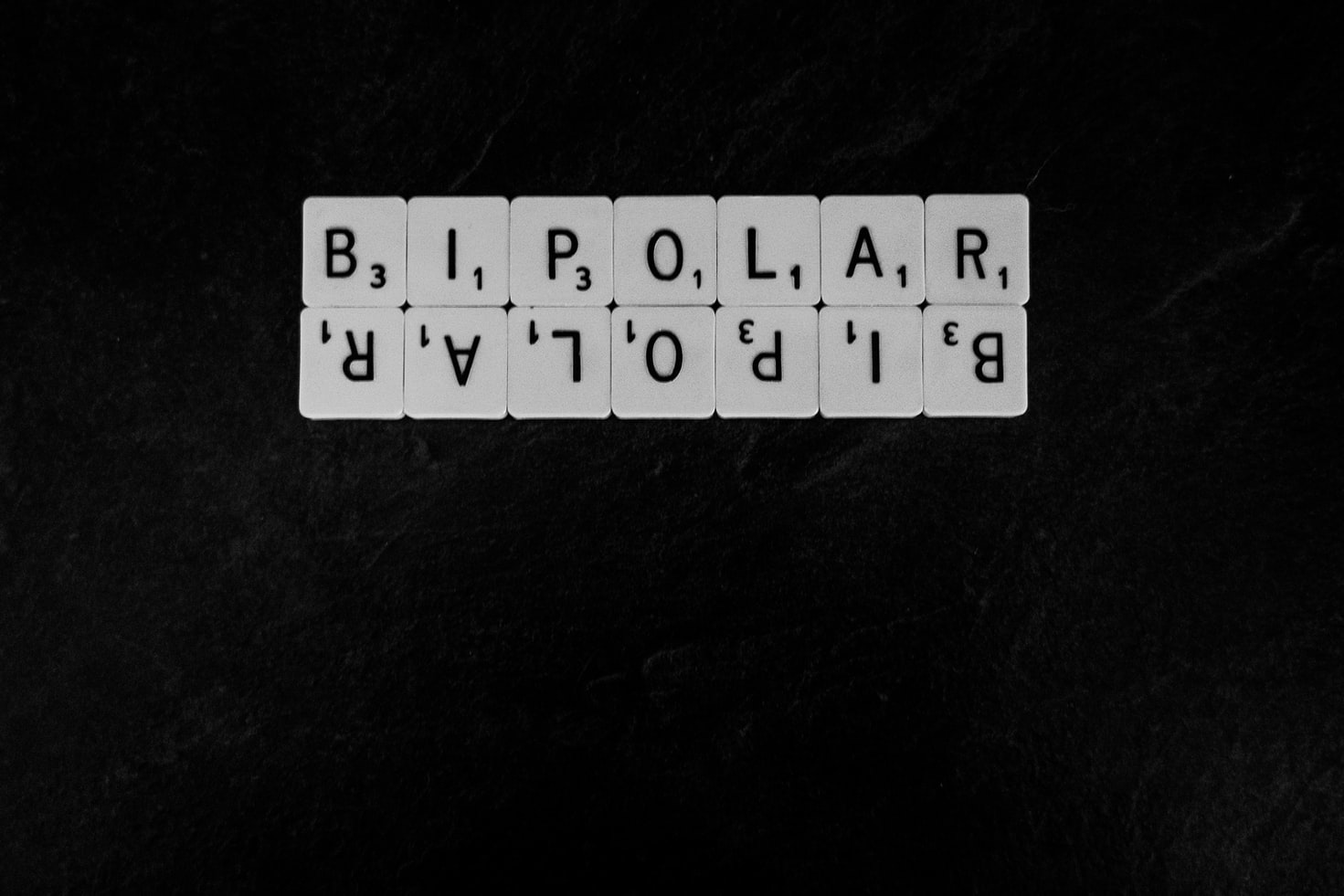Bipolar disorder is among the most common mental health disorders. It serves as a bridge between psychotic and mood disorders as it brings along both psychotic and mood symptoms.
According to the National Institute of Mental Health, bipolar disorder affects around 2.8% of the people in the US. every year. In fact, it is the sixth leading cause of disability in the world. Not to mention, it’s more common among men than women.
Knowing all these details about bipolar disorder is necessary. It’s the only way to avoid the struggle. Though it has no apparent cause that you can avoid, all these details can help you with an early diagnosis. So, let’s get this started:
Symptoms of Bipolar Disorder
Bipolar disorder has three different episodes, mania, hypomania, and major depressive episodes. The symptoms of bipolar disorder vary as per the episode one is experiencing. Common symptoms of bipolar disorder are as follows:
- Excessive talkativeness
- Decreased need for sleep
- Increased agitation and hyper activeness
- Loss of appetite or binge eating
- Distractibility and racing thoughts
- An exaggerated sense of well-being
- On and off episodes of sadness and hopelessness
Treatment of Bipolar Disorder
The treatment of bipolar disorder also varies as per the episode. For psychotic symptoms, medicines are mandatory. In case of a depressive episode, antidepressants and herbal medicines both are recommended.
When the person comes to recovery, therapy is usually recommended. In all this time, lifestyle rehabilitation remains a constant. The following is a list of treatment options for bipolar disorder:
- Mood stabilizers are given for mood-related symptoms like increased agitation and excessive energy.
- Antipsychotic drugs are prescribed for symptoms like delusions and hallucinations.
- Antidepressants are prescribed in case of a depressive bipolar episode.
- Herbs and plants, including moon rocks, valerian root, and ashwagandha are recommended as a natural alternative to antidepressants.
- Lifestyle rehabilitation also makes a difference. It includes regular exercise and relaxing techniques like body massage and meditation.
- Cognitive-behavioral therapy is suggested to alter the thought process when the patient has organically recovered.
- Electroconvulsive shock treatment (ECT) is given if nothing else works as a last resort in case of severe cases.
Causes and Risk Factors of Bipolar Disorder
At times, all these details don’t seem to be enough. Yes, at one point, knowing the cause of the disorder becomes necessary, at least for the person going through it.
The truth is, there’s no known cause of bipolar disorder or any other mental health disorder. However, several risk factors are associated with it. Some of them are:
- A history of alcohol or drug abuse
- A first-degree relative with a mental health disorder
- Phases of perpetual stress like loss of a loved one or financial crisis
- A history of trauma, including physical and mental abuse
The Bottom Line…
Life with such illnesses can be extremely difficult or toxic, to be honest. Every day is a new challenge. Nothing seems to make sense until you start receiving proper treatment and move towards recovery. Hence, a prompt diagnosis is crucial. I hope it helps. Get better soon, my friends!

